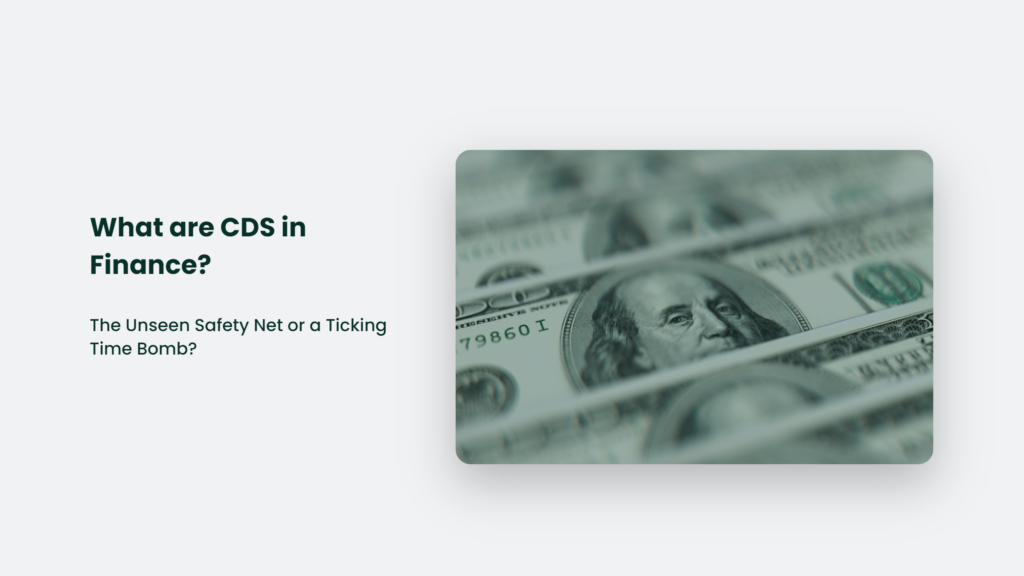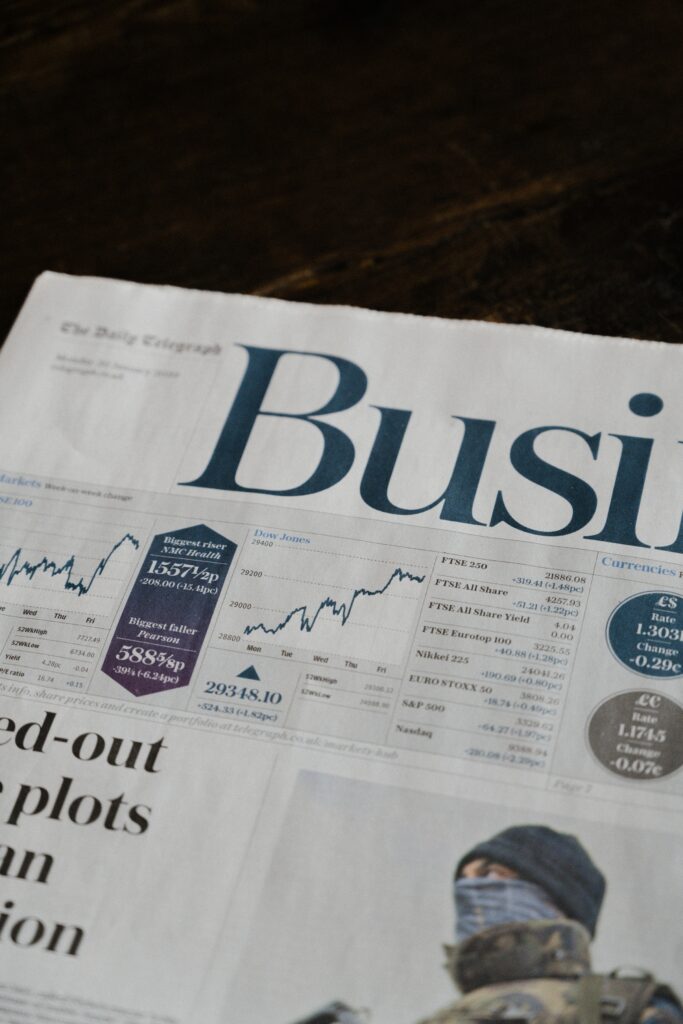Let’s dive into the world of finance, where the waters are often murky, and the creatures lurking beneath the surface can be as fascinating as they are terrifying. Today’s topic of discussion? Credit Default Swaps (CDS). Now, don’t let your eyes glaze over just yet. I promise this will be more exciting than watching the paint dry.

What are CDS in Finance?
Imagine you’re a lender. You’ve just handed over a hefty sum to a borrower, and now you’re biting your nails, hoping they’ll pay you back. Enter the credit default swap, your financial knight in shining armour. A CDS is a type of derivative that allows you to swap or offset your credit risk with another investor’s. It’s like an insurance policy that pays out if the borrower defaults on their debt.
But here’s the kicker: you don’t have to own the debt to buy a CDS. You can simply bet on whether a borrower will default or not. It’s like betting on a horse race without owning any horses. Sounds crazy, right? Well, welcome to the world of finance.
The Good, the Bad, and the Ugly of Credit Default Swaps
Credit default swaps can be used for hedging, speculation, or arbitrage. They can provide a safety net for lenders, allowing them to sleep a little easier at night. But they can also be used to make risky bets, leading to financial chaos. Remember the 2008 financial crisis? Yeah, credit default swaps played a starring role in that debacle.
But let’s not throw the baby out with the bathwater. Credit default swaps can also be used for arbitrage, which involves buying a security in one market and selling it in another to profit from price differences. It’s like buying a cheap knockoff of a designer handbag and selling it as the real deal. It’s not exactly ethical, but it’s a dog-eat-dog world out there.
The Rollercoaster Ride of Credit Default Swaps
The history of credit default swaps is a rollercoaster ride of ups and downs. They were invented in 1994 and became popular in the early 2000s. By 2007, the outstanding value of CDS was a whopping $62.2 trillion. But then the 2008 financial crisis hit, and the value of CDS plummeted to $26.3 trillion by 2010.
The crisis exposed the dark underbelly of credit default swaps. They were used to insure complex financial products, and when the market crashed, the fallout was catastrophic. It was like a game of musical chairs, and when the music stopped, there weren’t enough chairs to go around.
The Aftermath: Regulation and Reform
After the financial crisis, regulators stepped in to clean up the mess. The Dodd-Frank Wall Street Report Act of 2009 was introduced to regulate the CDS market. It phased out the riskiest swaps and prohibited banks from using customer deposits to invest in swaps and other derivatives.
But despite these reforms, credit default swaps are still a significant part of the financial landscape. In 2023, the estimated size of the U.S. CDS market was over $4.3 trillion.
That’s a lot of money riding on whether borrowers will pay back their debts.
Frequently Asked Questions:
What triggers a credit default swap?
The CDS provider must pay the swap purchaser if the underlying investment, usually a loan, is subject to a credit event.
Is a credit default swap legal?
Yes, credit default swaps are legal. The Securities and Exchange Commission and the Commodity Futures Trading Commission regulate them under the Dodd-Frank Act.
What are the benefits of credit default swaps?
Credit default swaps are beneficial for two main reasons: hedging risk and speculation. They allow investors to protect a bond from defaulting on its payments, and they also allow investors to bet on the credit quality of the reference entity.
The Bottom Line:
So there you have it, folks. The wild, wacky world of credit default swaps. It’s a high-stakes game of risk and reward, where fortunes can be made or lost in the blink of an eye. But remember, in the world of finance, there’s no such thing as a sure bet. So tread carefully, and may the odds be ever in your favour.




